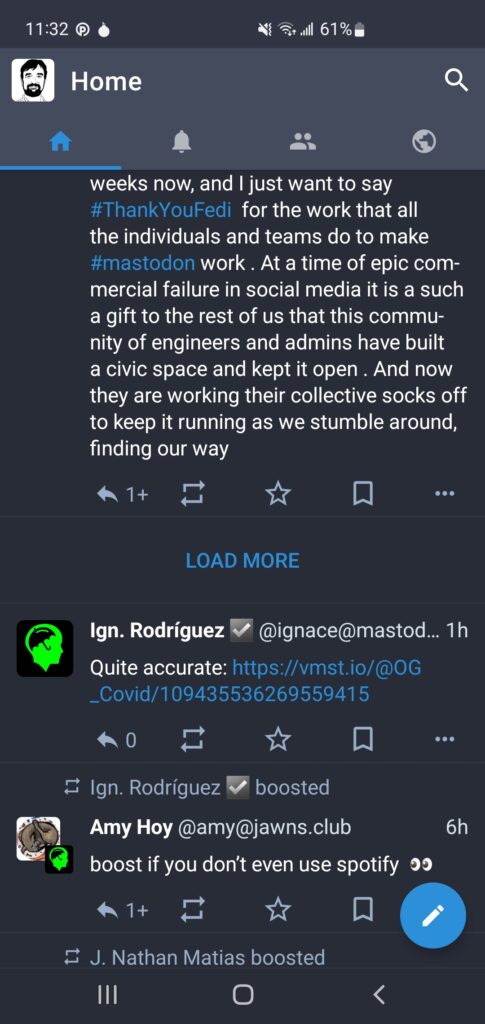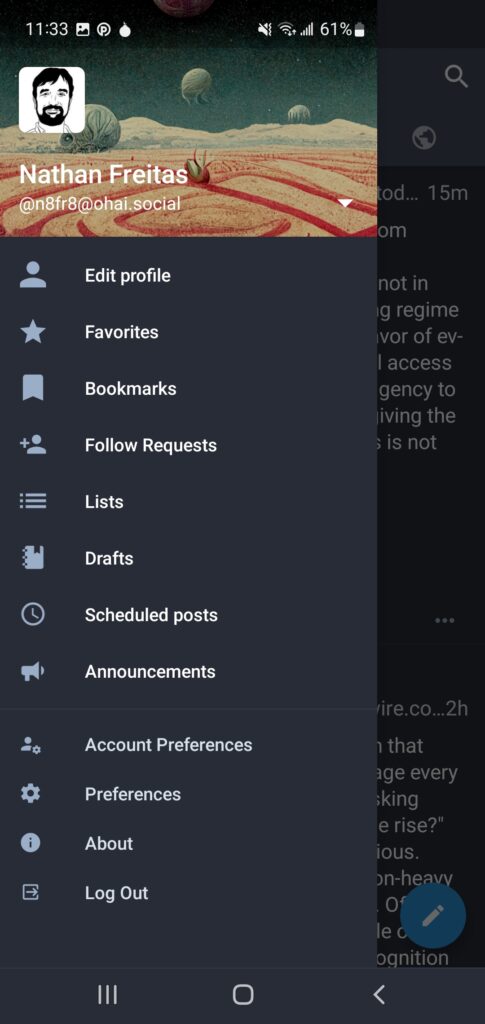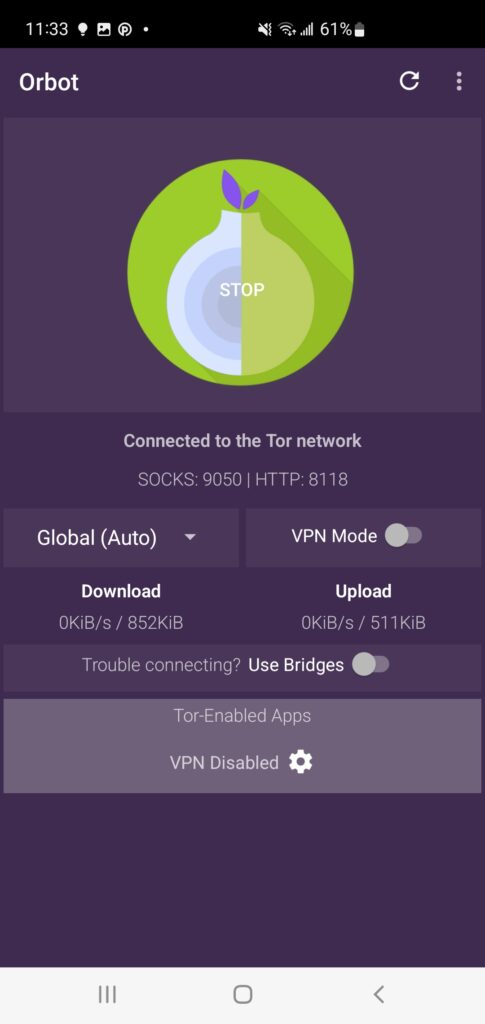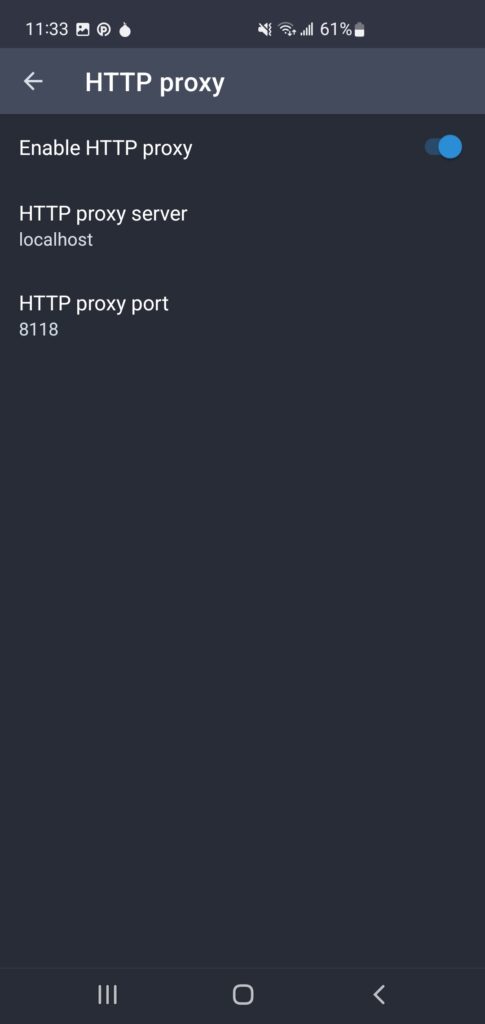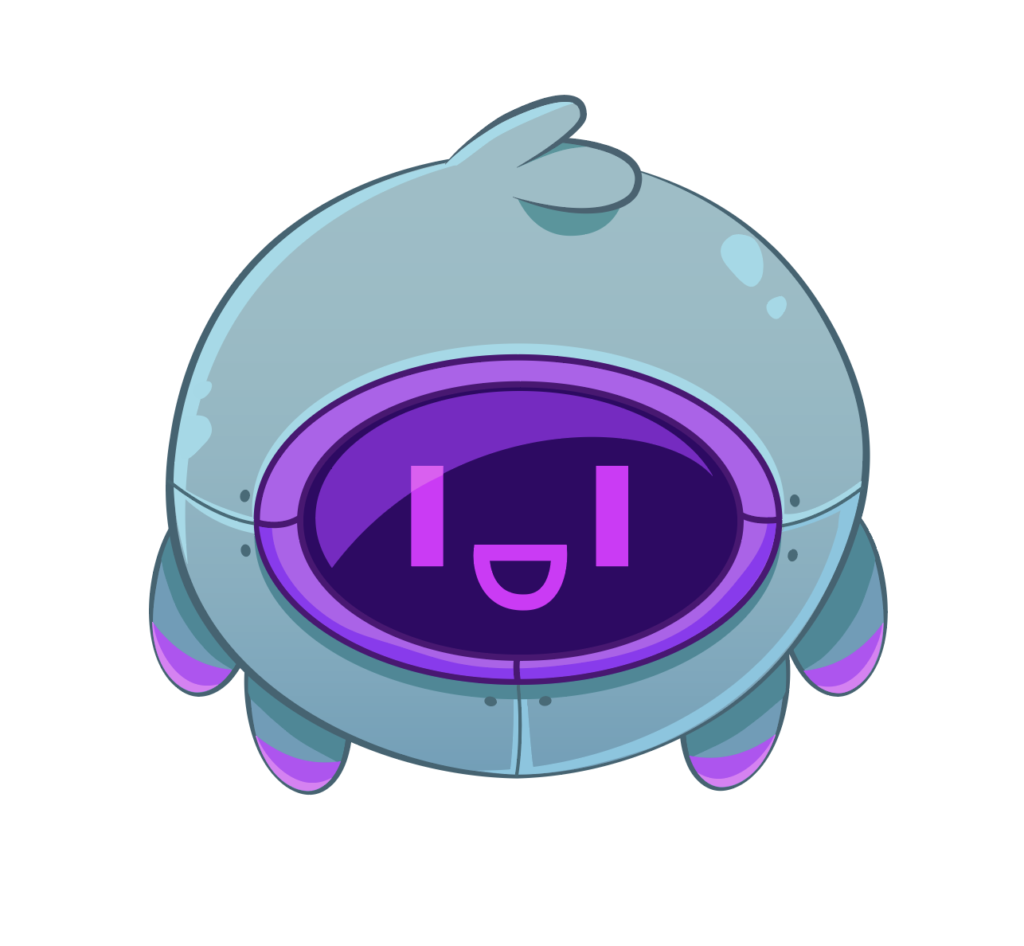It was a cold morning. Aberdeen Harbor Beach stretched out before me, with an ancient Scottish seaside village at my back. In my peripheral vision, I could see the entrance to the impressive industrial North Sea port. I had arrived a few days prior for work, and the limited winter daylight hours, coupled with the icy, treacherous sidewalks, had prevented me from exploring the shoreline until now.
I had adjusted my work meeting agenda for Thursday to include an “open morning” slot, encouraging my other visiting colleagues to enjoy the city and do some holiday shopping. Even though it was only mid-November, Aberdeen was completely in the Christmas spirit. Everyone saw through my ruse, however, as they knew I had arrived with full winter wetsuit gear in tow, and it wasn’t abnormal for me to sneak out for a surf during a work trip. Usually that occurs somewhere warm like Portugal or Costa Rica. It had been below freezing here for most days, and who knew what kind of local laws or maritime restrictions might make surfing these frigid waters off-season a crime.
The real issue was that I didn’t have a surfboard. None of the local surf rental companies had responded to my calls or messages, and I assumed , were closed for the season. Local second hand sites and shops had nothing available. I decided to just go down to the water, with my duffel bag of gear, and see what fate held for me. At least, I could body surf or even a refreshing cold plunge.
I made the hour walk from my hotel, down treacherous ancient stony paths, past the Gallows Gate, and through the industrial waterfront warehouse district. Just when I thought I had taken a wrong turn, the open horizon of the sea appeared. It was lovely, with the sun creeping out, a light offshore wind, and lines of waves as far as I could see. It was not not unlike my local spot Nahant on a good day, but bigger and peeling longer. The waves were much better than I expected, and I was glad to have made it just for the view.

No one was in the water, and very few people were even walking along the beach. I wandered down the beach walkway, hoping to find an open spot to grab a coffee and something warm from the many food trucks and shacks along the way. Clearly this was a bustling spot in the warmer months, but it was a ghost town at the moment. Just ahead though, I saw lights and steam coming from a lone coffee shack, with a barista waiting for someone to deliver what their heart desired. They had a few small tables and chairs setup out front, at just the perfect spot to watch the surf. I ordered a cappuccino (expertly made) and a warm cinnamon sticky bun (deliciously crafted), and settled in to enjoy the beautiful scene in front of me.
Just as I was achieving bliss by mind surfing empty waves, I spotted a lone surfer walk down to the sand. At least I could learn something about the spot by observing them, and see how rideable it was. I intently followed where they paddled out, the currents and rips from the port seawall they were navigating, and the various take off spots and peaks they were trying to use. Long rides down peeling waves were clearly to be had, and long gaps between sets made the paddle out possible with nearly dry hair.
“Thinking of paddling out?”, said the coffee guy, who I would later learn was a local named Sam. I responded “Well I hoped to, and I even have my wetsuit, but I don’t have a surfboard, so I might just bodysurf. I tried to rent a board from the surf shack next door but he never got back to me”. Sam replied, “Yeah, he has a 9 to 5 off-season and isn’t around much”. Resigned to my land-locked fate, I replied, “Oh well, I guess, no worries, just glad to be here”, and returned to my coffee and view. “You know, I have a foamie at my house, just down the road.”. I turned to look at Sam, with my eyes lit up, and his eyebrows raised in glorious possibility. “Oh, wow, no, that would be too much. You have customers!”, I politely protested. There was no one in sight, and likely wouldn’t be for a while. “That is really kind of you”, I said, “let me think about it”.
I still had hoped to hear from the rental guy, as he had finally sent me a vague message. I was losing confidence in that option, though, and did have to get back to work soon. “I’m really just 30 seconds away, I can go drive and get it”. Sam clearly wanted me to surf his home break. How could I disappoint him? “I can pay you whatever I would have paid that other guy”. “Oh no, man, it’s free”. How could I refuse?! I looked at the clean, long peeling fun size surf, now illuminated by the morning sun, and realized it was now or never. It wasn’t going to get better than this, and work wasn’t going to let me out again during daylight hours. I turned back to Sam, and exclaimed “Alright. Let’s do this. Time to surf Aberdeen!”.
Let’s take a moment to locate Aberdeen on the map. If you’re like me, you might be picturing Scotland, Ireland, England—basically a region similar to Boston or New England. And you wouldn’t be entirely wrong. Aberdeen is famous for its granite, reminiscent of New Hampshire’s rugged landscape. It also boasts a very old university, bringing to mind the academic atmosphere of Cambridge, MA. However, I knew from my colleagues’ past experiences with snow emergencies that Aberdeen’s weather was a bit more intense than ours. The forecast predicted temperatures a notch or two colder than Boston, so I wisely packed all my winter base layers. It was then that it hit me: Aberdeen wasn’t just north—it was arctic.
The city’s stark beauty, with its granite facades gleaming in the weak winter sun, mirrored the untamed nature of the sea. Here, the elements didn’t just shape the surf; they seemed to shape the people too—stoic, weathered, and quietly generous, much like Sam himself.
Another important point to consider is the direction Aberdeen faces. You might assume, as I did, that Scotland’s coastline is primarily west-facing, exposed to the powerful waves of the North Atlantic. While I knew Aberdeen wasn’t exactly west-facing, I figured its surf would be somewhat similar. I was mistaken. Aberdeen faces largely in the same direction as many of our own breaks, but instead of the Atlantic, it looks out onto the North Sea.
Considering all of this, my expectations were quite low. I doubted that all the conditions would align perfectly during my limited window for surfing, or that the experience would be anything close to pleasant.
I stood on the snowy boardwalk, the icy wind needling my exposed skin as I wrestled my way into the stiff, rubbery embrace of my hooded 5/4/3. Above me, seagulls wheeled in the pale sky; below, Sam’s car disappeared down the road in search of the board that would make all of this effort worthwhile. At this point in my life, I am pretty good at the whole donning wetsuit gymnastics act. Doing it in the open, actually freezing air, is a next-level challenge. I managed to get suited up just as Sam returned with a fairly new, navy blue top and tiger-striped bottom 8’0 foamie surfboard. He tossed it onto the snowy grass next to the coffee shack. I yelled out “perfect!” as he hurried back inside to serve some curious customers who had arrived while he was away. The sun had fully revealed itself, and more casual strollers had begun making their way to the beach front. Still there were only two surfers out in the water. I gave Sam the classic line I often tell my wife, “I’m just going to catch three waves and then I will be back!”. Heh. He smiled and said he would watch my stuff.
Now I just had to make my way to the surf. Any icy seawall loomed ahead, its stones slick and unforgiving underfoot. Each step down felt precarious, the wind cutting through my layers, the scent of salt and industrial oil mingling in the air. The last thing I wanted to do was get hurt before I made it in the water, damage Sam’s board, or pull some other maneuver. I didn’t want to “kook it”, as surfers say. I made it carefully to the sand, leashed up, and tucked my small waterproof camera away in my wetsuit. I didn’t expect any great clips but figured it would be nice to have some evidence of this adventure. I walked out into the surf, and quickly discovered the bottom was covered in small boulders and rocks, not unlike some of my favorite spots in New England. They were the reason the waves were breaking nicely here. I also noticed how the harbor entrance seawall was helping create a point break, causing the waves to peel cleanly, mostly to the right.
There was a massive lull between the chest high sets, and I easily paddled to the outside, past the breaking waves. I nodded to the first guy I had seen. He was on a Takayama In the Pink longboard, similar to what I ride at home. I noticed the other surfer a bit farther away, and immediately recognized their Walden Magic model. Another familiar choice, and something I would enjoy riding here. Following basic international rules of surf etiquette, I took my time to wait for Mr Pink to select his wave, and then grabbed the next one in the set. I paddled a few strokes, felt the easy glide of the foamie on the wave, and made it to my feet without much drama. There was a decent push and a clean wave face stayed open in front of me. I rode along for a bit, enjoying my quick success at figuring the basics of this spot out. However, the foamie moved a lot slower than I was used to, and I got caught in the white wash.

Of course, I was fully stoked at this point. The only word that can be used in a moment like this. A huge grin on my face, feeling fully satisfied that all the elements had come together for this to happen. I could add a new little pin to my “places i have surfed” map I have at home. It struck me how much surfing depends not just on the waves but on serendipity—on people like Sam who appear at just the right moment, embodying the quiet camaraderie of this shared passion. His simple kindness, like the sea itself, was a reminder of life’s unexpected abundance. I waved to him from the water, doubtful he would notice, but unable to contain my appreciation. Then it was time to get a few more, so I turned and paddled back out.
The next few rides were fine, run of the mill short rides down the line. I had gotten my “three”. The crosswinds picked up, and the current pulled me towards the harbor entrance and ancient seawall. Lost in a bit of a daydream haze, I didn’t realize how far away I was from the other two surfers, and completely out of position to catch a wave. I suddenly noticed a strange giant buoy floating near the harbor entrance. Why hadn’t I seen that before? It kept growing larger, getting closer, until I realized it was actually an enormous ship. It had been headed right at me, before it turned to angle into the port, revealing its full behemoth of a profile. I felt so small seeing it silently glide into the port.
I slowly worked my way back towards the surf zone, waiting for the clean lines and peaks to return. I chatted with Mr Pink a bit, expressing an admiration for his board and shaper. With our wetsuit hoods on and the diversity of our brogues, I don’t know how much got through, other than that I wasn’t from around there.
At this point, the clock was ticking, and worse I had forgotten my watch. I wear a cheap $20 Casio when I surf, because I lose all sense of time when in the water. I had forgotten it in my hotel, and was worried I would be late to my afternoon meetings, arriving with the possibility of full post-nasal salty drip and kelp-infused hair. I had gotten my “three”, but not yet a long multi-section ride like I had seen Mr Pink on earlier. I was determined to finish my session in style. I had to represent, for the crew back home, for my family honor, and, as once was said in Scotland, for “Freeeeedom!”.
The crosswinds again settled, and I could feel a new set coming in. The tide had come in, and now the waves were breaking more inside, treacherously close to submerged ruins of piers and pilings. I waited. I could see that the third wave in the set was smooth, clean, and peeling just right. My breath quickened as it approached, the tension building, if only in my mind. I paddled hard, felt the slide, and sprang to my feet. The face opened up before me, its glassy surface shimmering in the cold sunlight. I turned, found my rhythm, and for a few glorious seconds, the world dissolved into pure motion. I dropped to the bottom, then a turn back up to get more speed, and found there was more face to go. I looked ahead to chart my way around any obstacles, and managed one more little carve. I rode a bit farther, waited for the white water to come, and squeezed out a straight ride in as far as I could, ending in a clean dismount. I had done it. North Sea satisfaction achieved.
I walked up into the sand, numbly clamoring up the stairs, and returned to Sam’s coffee shack. He was helping some folks out, so I waved with kooky glee, and pointed to where I had left the board in the snowy grass. I sat on a bench for a minute, dripping wet, soaking in the sun, contemplating my change in perspective and mindset from just an hour before. Sam brought out my bag of dry clothes, that he had kept watch over, and asked how it was. I excitedly replied, “It was unbelievable! You really made my day, I can’t thank you enough. I am going to buy all your coffee!”. He laughed and left me to disrobe in peace. As most of you know, the worst part of winter surfing is actually changing after the surf, when you are numb and wet, and then have to get partially nude. There were many curious passersby, shaking their heads in disbelief.
I did my best to modestly peel off my icy wetsuit, and return to my dry land apparel. I only had ten minutes before I had to get on a work call as well. I walked up to Sam’s counter, and ordered a very hot drink and a bunch of treats to go, to bring back to the office. I let him know that my entire week had been made by the significant act of kindness and generosity he had bestowed upon me. He laughed it off, and said “no worries”. Since he had refused outright compensation, I decided to leave a very large tip, and bid him farewell with a “Happy Christmas!”.
When I travel for work, surfing has always been a strange kind of pilgrimage for me—a journey not just to the sea but into the heart of places that are new to me. In Aberdeen, I found that the essence of this life—kindness, adventure, and the quiet thrill of discovery—remains the same no matter where the waves break. As I boarded my plane, I realized that the cold water, the surf, and the kindness of a stranger had given me something rare: a moment of true, unfiltered joy that buoyed my hope for humanity.
